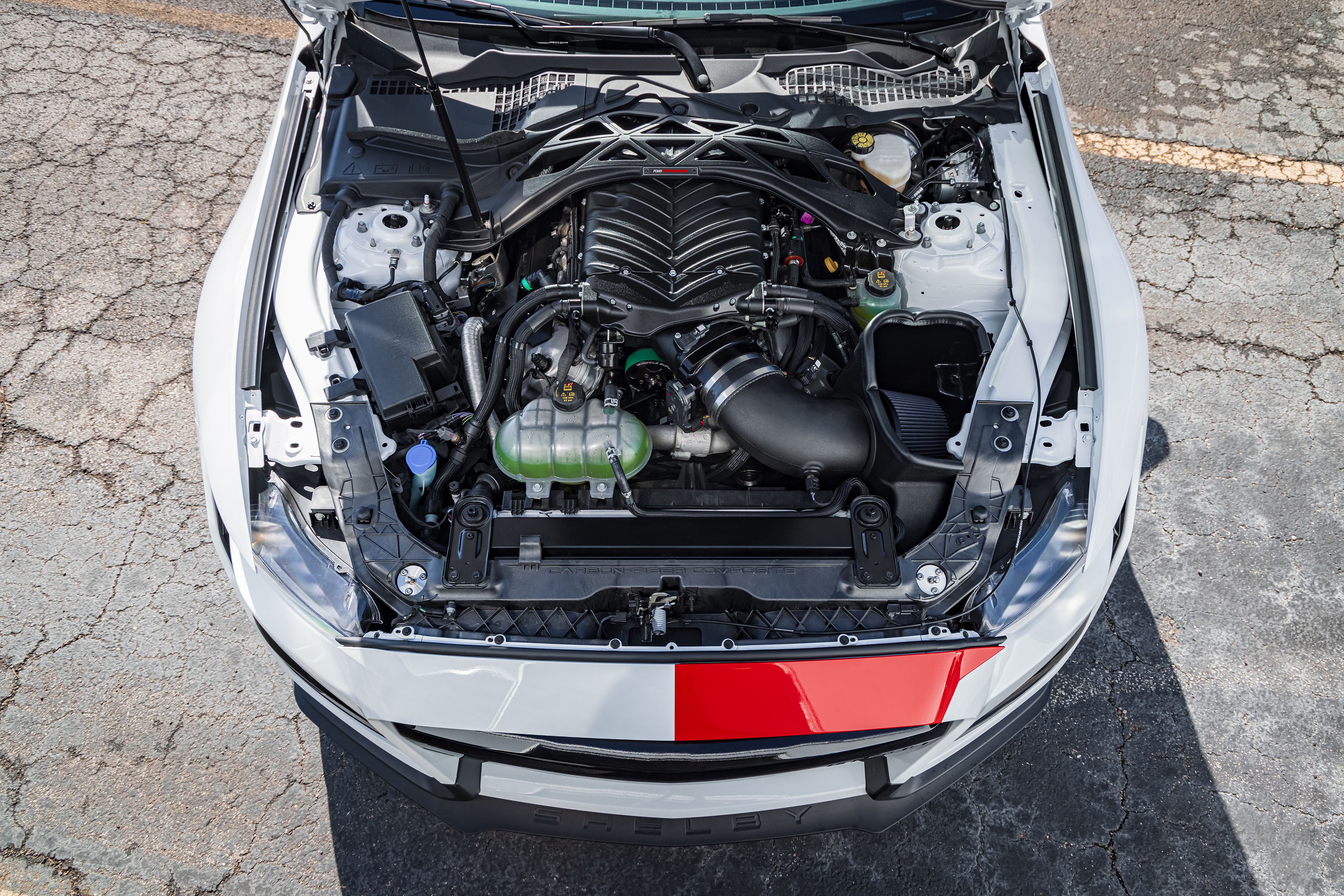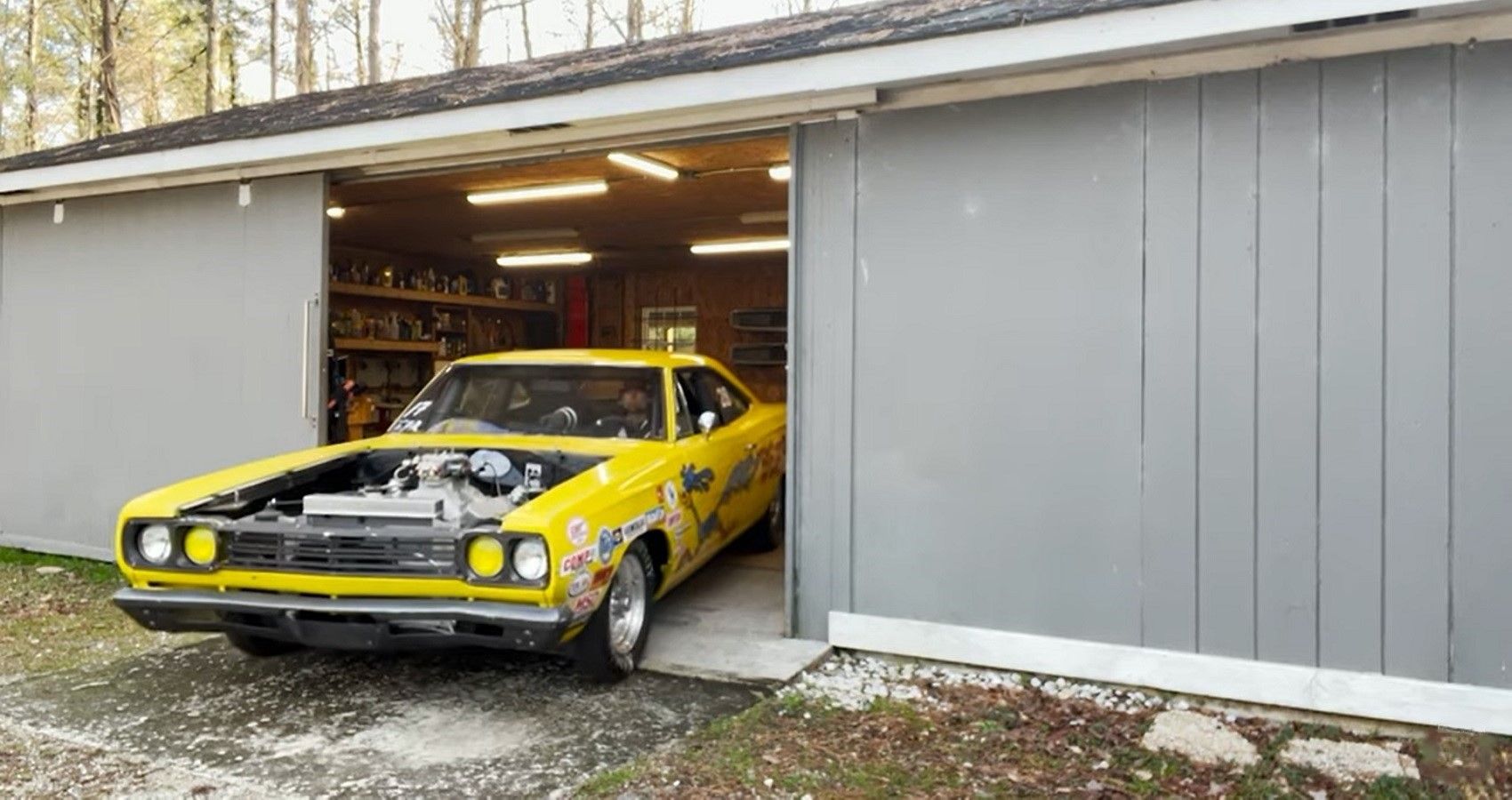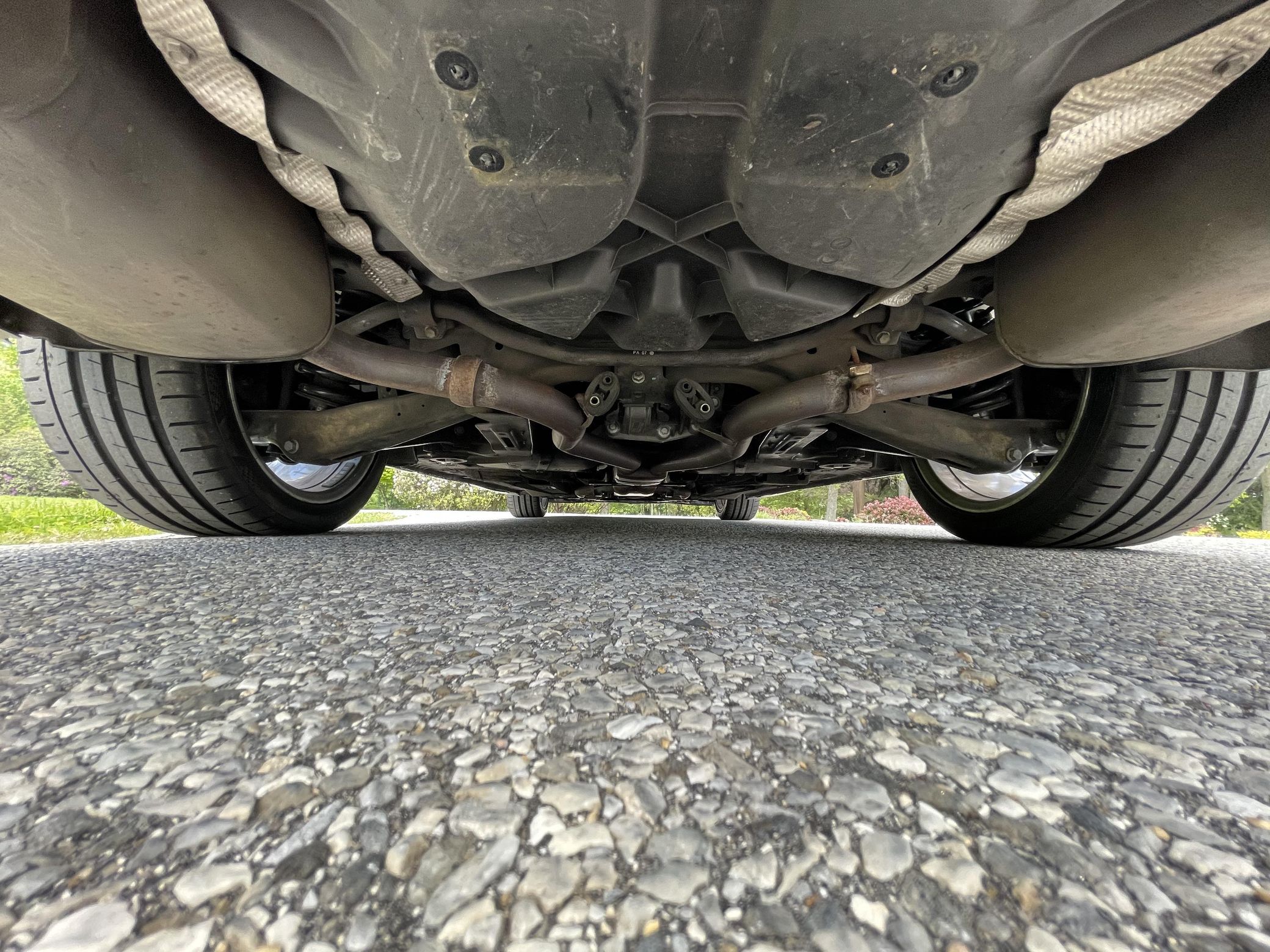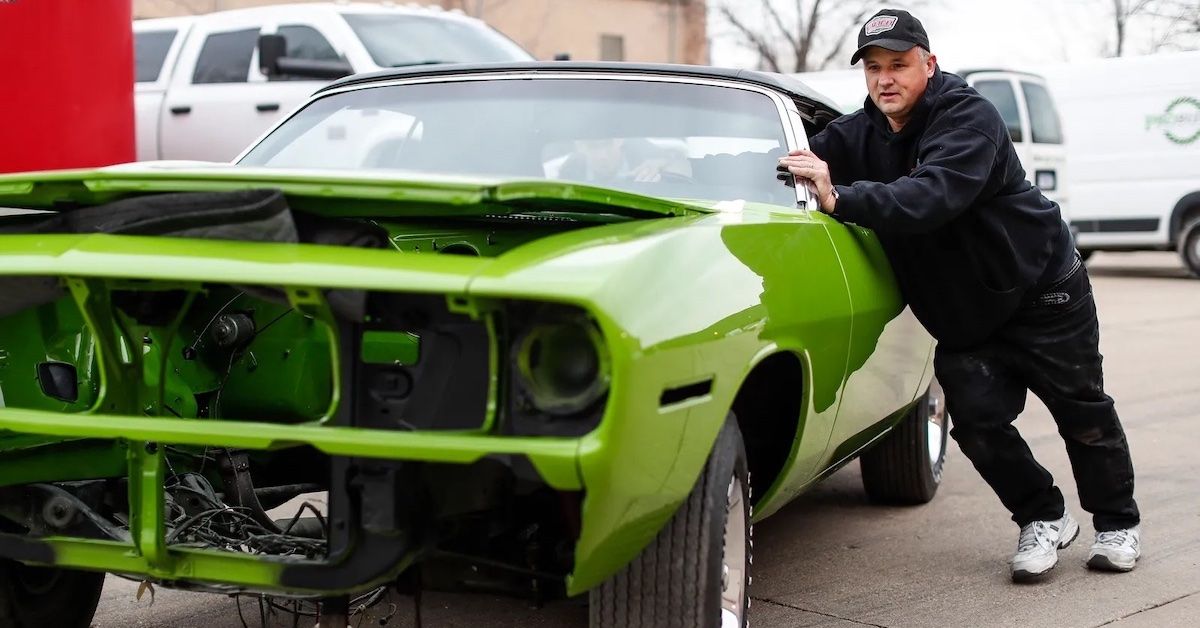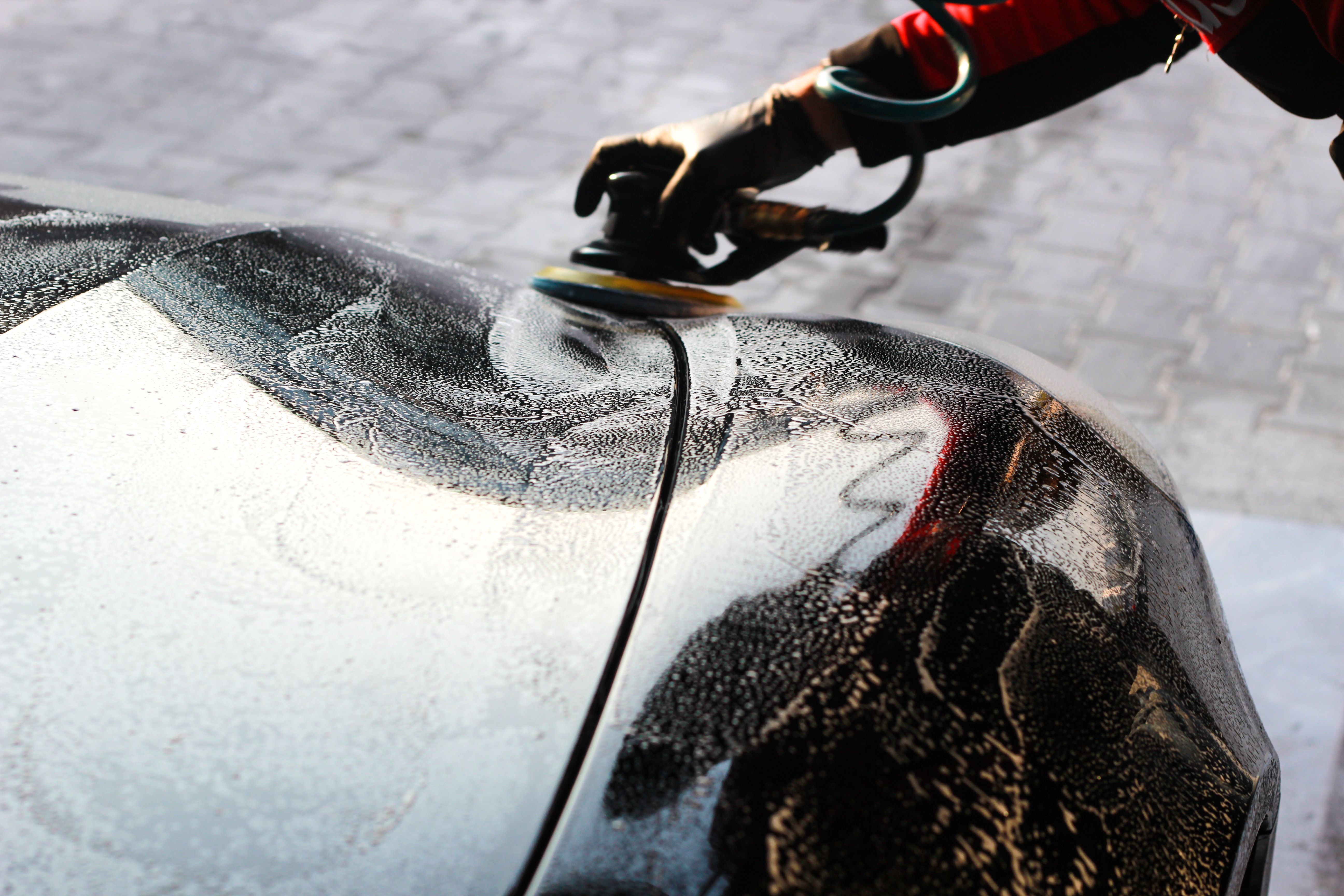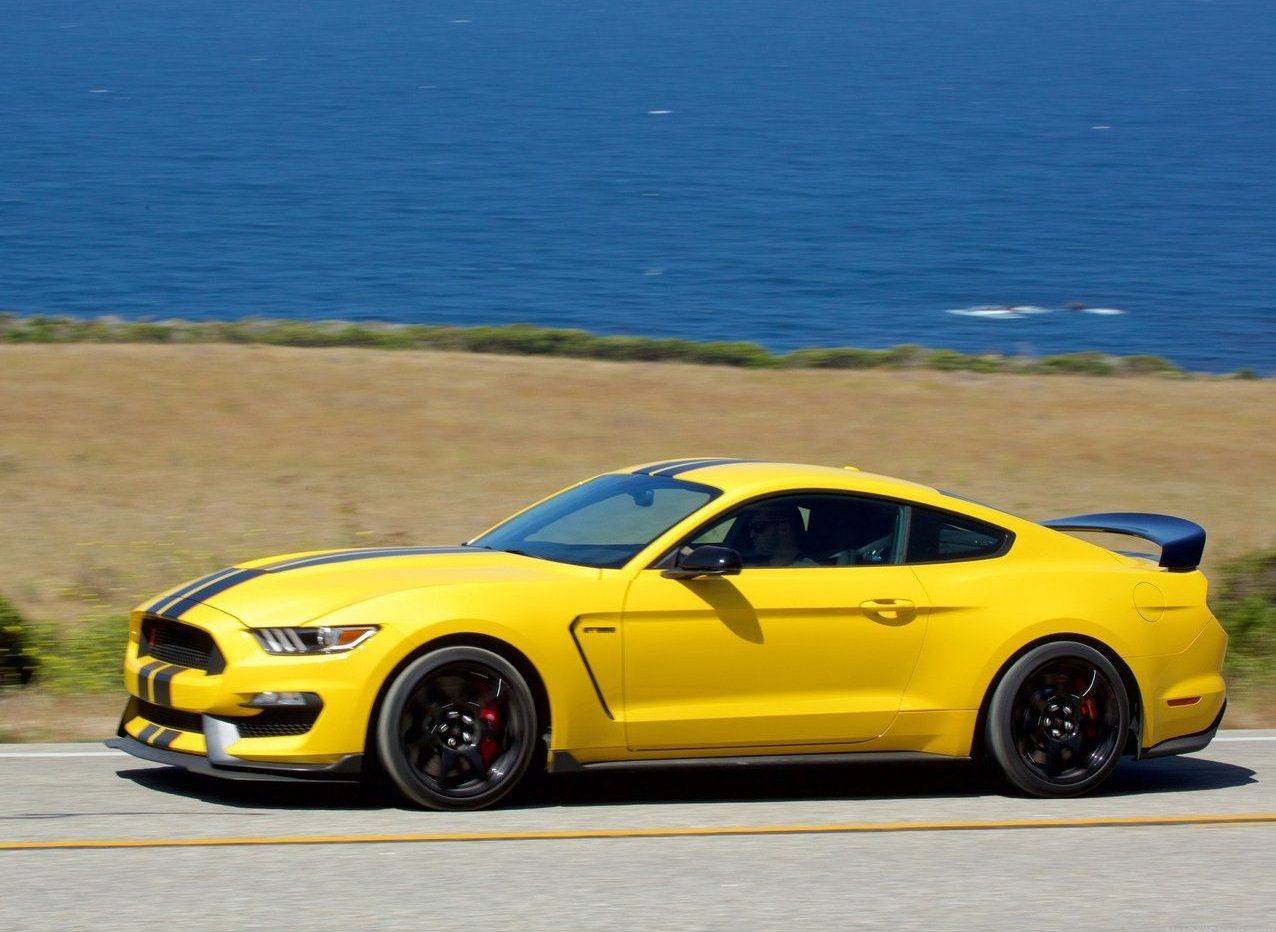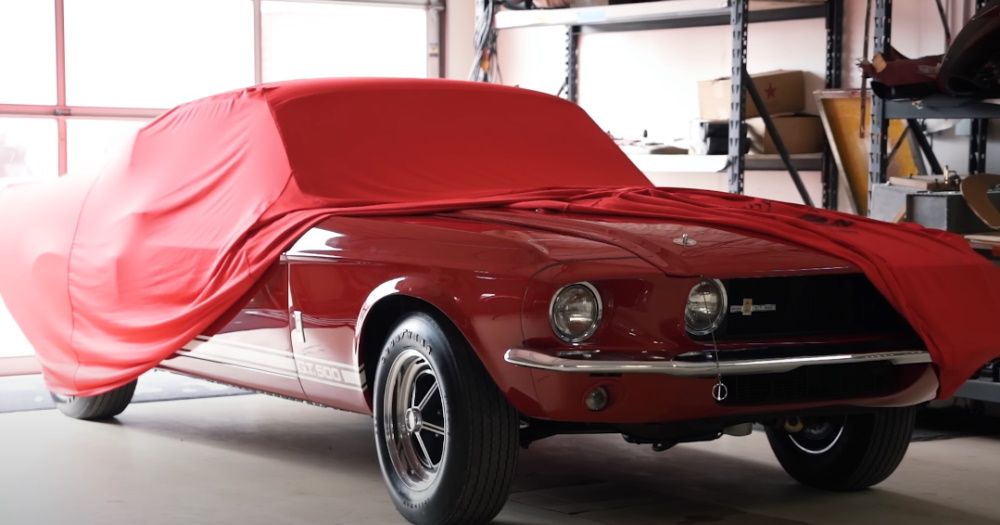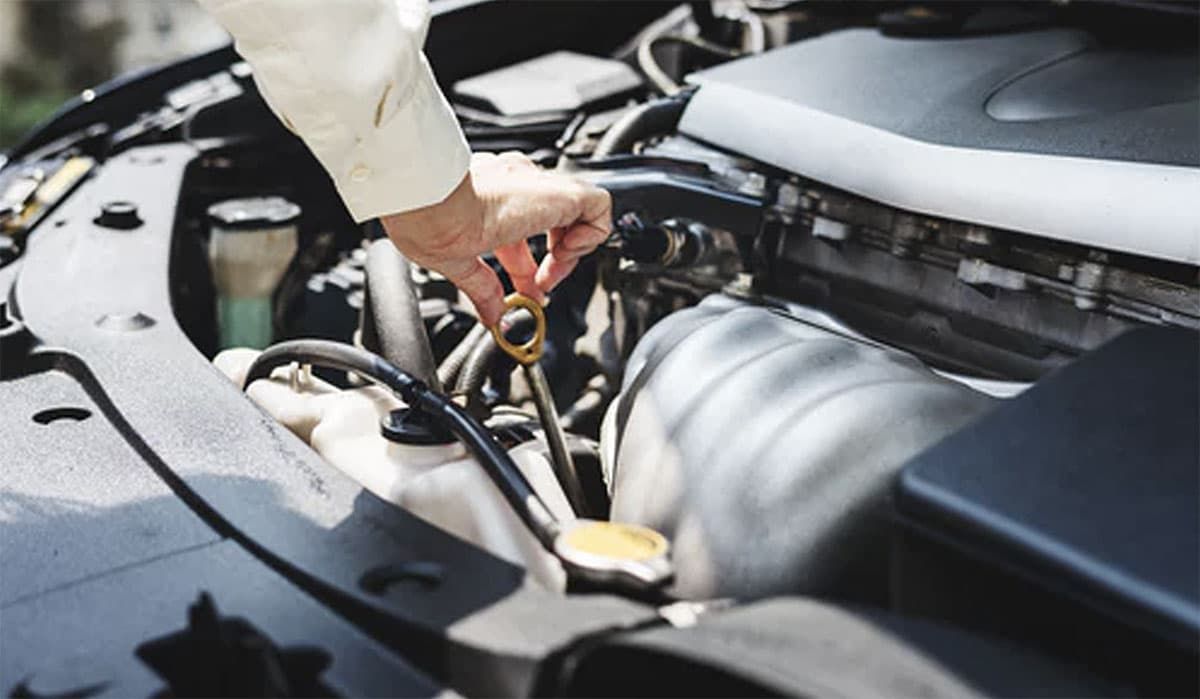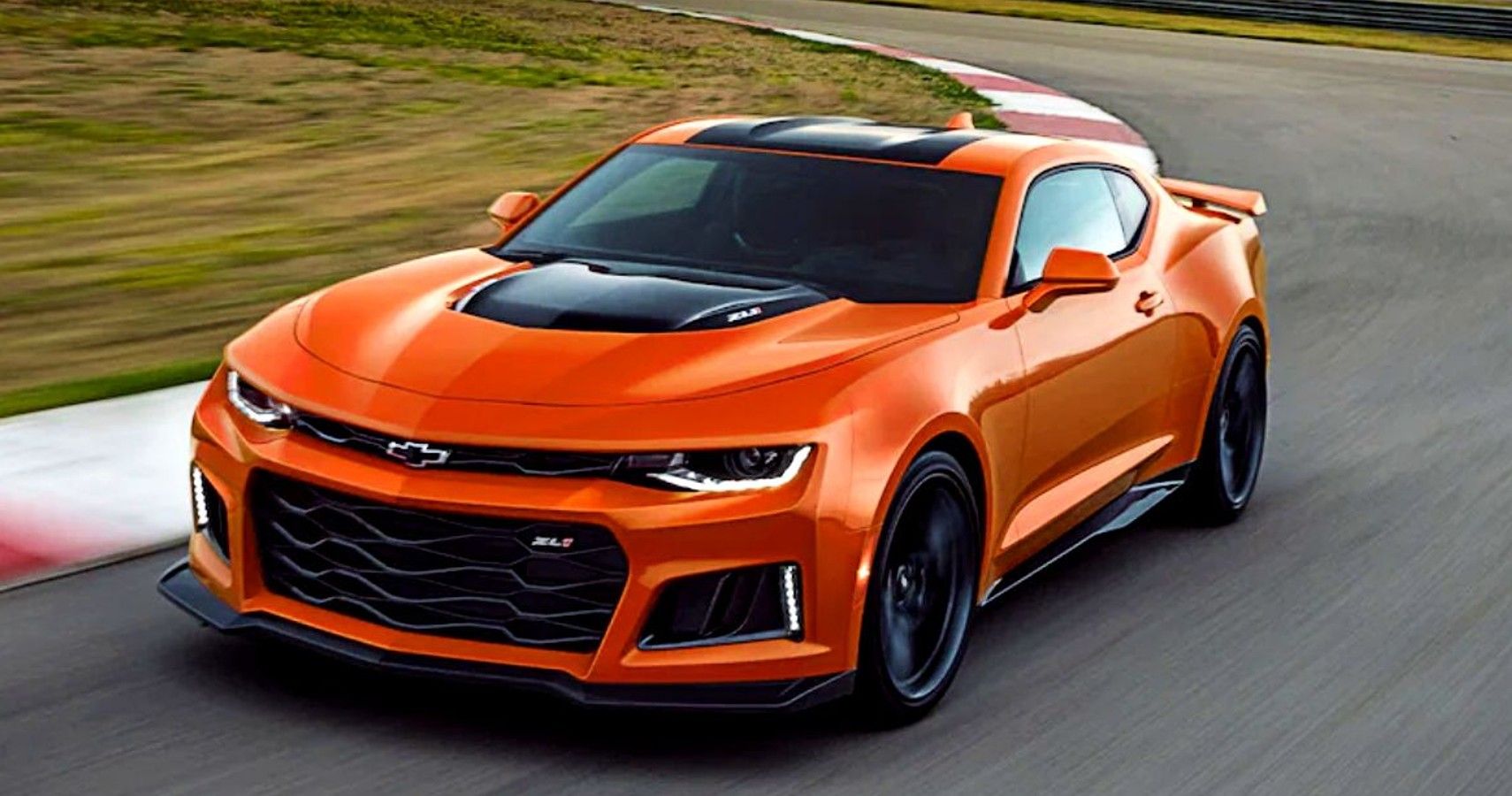Muscle cars creates some of the best collectible vehicles you can find, especially when it comes to American classics. With gigantic fire-breathing engines and traditional pony car styling, some models are now worth several times more than they were at launch.
But to preserve the resale value of your muscle car as well as to ensure that it will always be ready to drive if you want it to, it is essential to take the necessary steps to prevent it from deteriorating over time.
Whether you’re on a budget or not, there’s a lot you can do to protect your car from the elements and ensure it has a long, healthy life. Here are 10 of the best muscle car maintenance tips.
10 Make sure there is fuel in your Muscle Car’s tank before you let it sit
Ideally, you should always try to avoid leaving your muscle car unused for long periods of time, making sure to at least run the engine every now and then, even if you can’t drive it completely. However, if you’re going to leave your car sitting for an extended period of time, make sure there’s at least some fuel in the tank before you do. JD Power says empty fuel tanks are more susceptible to condensation, which can damage internal vehicle parts and even cause oil condensation. However, fuel goes bad after about 30 days and can also damage the vehicle, so be sure to divert it regularly.
9 Monitor the conditions of your garage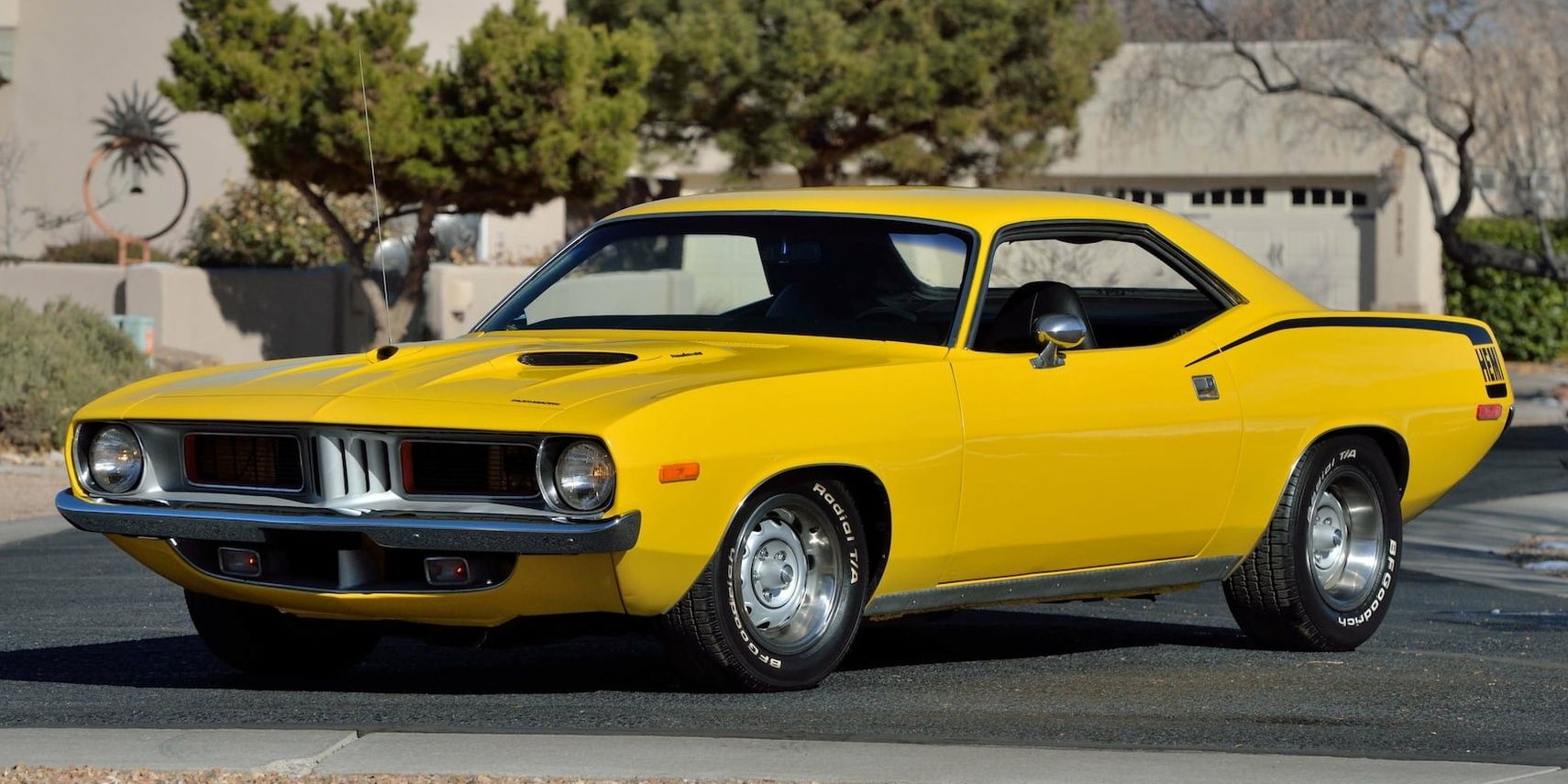
To make sure your muscle car is set up for longevity, it’s essential to store it in the right conditions. We suggest that you store your vehicle in a dry, ventilated location, ideally away from direct sunlight. Keep your garage clean at all times and lift your wheels to preserve your tires. Also, a climate-controlled garage would be ideal if you can afford it, as extreme temperatures can accelerate the deterioration of the vehicle.
8 Keep your Muscle Car clean at all times
Doing this will not only keep your muscle car looking fresh and shiny, but keeping its body and cabin as clean as possible will also help preserve it in the future. Ordinary soap can remove wax from your car and even damage the paint, so be sure to use automotive products both on the exterior and when cleaning the interior. Doing this regularly is especially important in states with salty or coastal roads, as salt can corrode both paint and metal.
7 Treat rust-prone spots with lubricant
Rust is metal’s worst enemy, and since your muscle car is basically a big part of it, it’s always a good idea to avoid rust at all costs. To do this, we suggest treating the most vulnerable parts of your vehicle with a high-quality lubricant on a regular basis, as leaving these spots unchecked and untreated can cause rust to build up surprisingly quickly.
6 Find a good mechanic
If there’s one area you shouldn’t cheap out on, it should definitely be your muscle car mechanic. These are high performance vehicles with complex parts that not all mechanics may be used to, so making sure you find someone who knows the ins and outs of your model and muscle cars as a whole will ensure a healthy future for your your car You should also schedule regular checkups with them, even if nothing seems to be wrong with your car.
5 Wax helps preserve your Muscle Car’s paint job
Before heading out, it’s a good idea to make sure your pony is fully waxed and polished to protect your paint job. Ideally, the wax should be reapplied every few months or so, and another thing to consider is wrapping the car in a paint protection film (PPF) or applying a ceramic coating. Following all of these steps will maximize the durability of your muscle car’s paint job, which can be extremely expensive to correct on high-end models.
4 Keep your muscle car dry
We’re not saying you should avoid going out in the rain, although it’s certainly not ideal, but if you do, make sure you wash off the mud from the engine bay and other areas before you dry- everything place you can reach In some cases, it may also be a good idea to re-wax the muscle car for added water resistance.
3 Use a high quality car cover
If for whatever reason you can’t store your muscle car in a garage, you should always have a high-quality cover built specifically for your type of car on hand. This will ensure a tight fit for maximum protection, keeping the car away from the elements and preventing any substantial damage. However, this should only be a temporary solution and muscle cars should always be stored safely indoors if possible.
2 Make sure your Muscle Car’s fluids are under control
Whether it’s oil, coolant, water or brake fluid levels, it’s very important to make sure your muscle car’s fluid levels are where they should be before you take it out for a back Pay attention to your gauges while driving, and if you can, it’s a good idea to stock up on fluids to top up on demand. Quality is also an important factor, so using the right material for your specific car is also imperative.
1 Drive your Muscle Car
No matter how much you take care of it, don’t forget to take your car out for a spin every now and then. Muscles are meant to be used, and so are muscle cars; Leaving them static for extended periods can affect their mechanical components and accelerate deterioration, so it’s always a good idea to keep your muscle car used to heavy driving. Besides, that’s the point, right?



